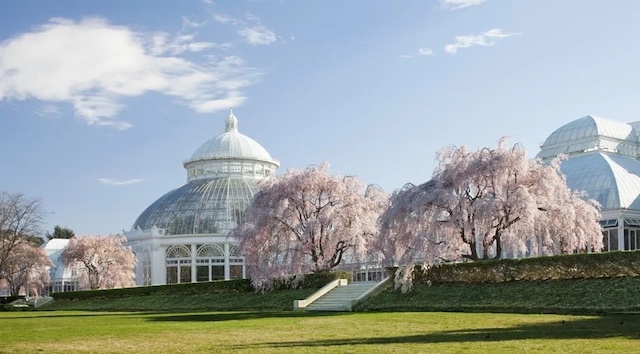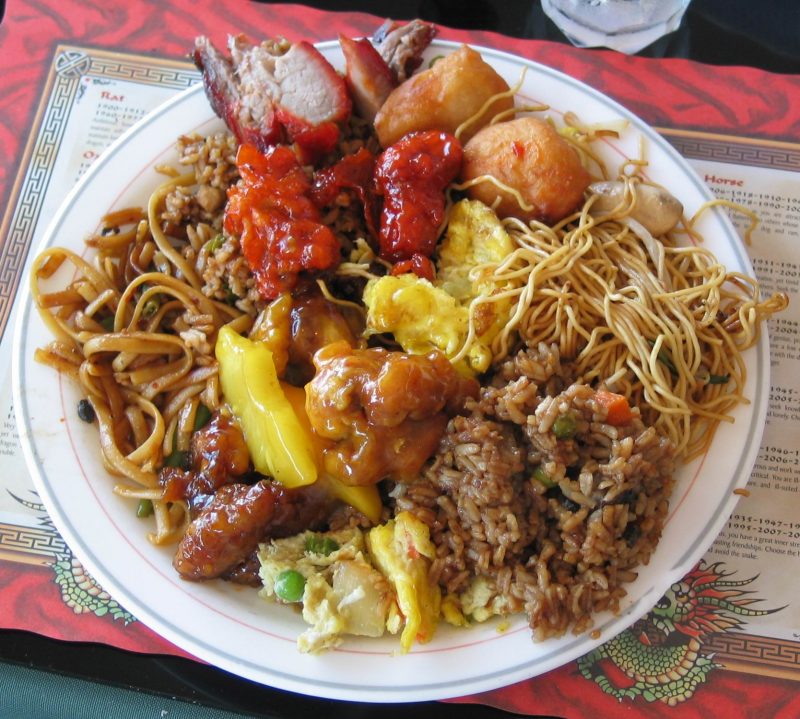History Of Restaurants
People have been eating out for millennia whether in the form of taking a travel break at an inn for a pint of mead and a bowl of stew or just buying a quick bite from a street vendor. However, in the west, most versions of the early modern restaurant came from a culinary revolution launched in Paris in the 18th century. Let’s have a look at the evolution of restaurant culture.
China
In China, the restaurant culture began in the 12th century when the two cities of Hangzhou and Keifeng were densely packed with an urban population of 1 million inhabitants each. Commerce was bustling between these southern and northern cities of the Song dynasty. The restaurants were in lively entertainment areas of these cities and catered to busines travelers. The variety of restaurant options resembled a downtown tourist district. The patrons were greeted with a choice of pre-plated display dishes representing numerous delectable options. Then came a theatrical and well-trained group of waiters with fancier and larger restaurants. The dining experiences at these restaurants became strikingly like the 21st century.
Japan
In Japan, the Japanese teahouse traditions created a distinct restaurant culture that predated today’s local and seasonal movements by half a millennium. The Japanese chef Sen no Rikyu of the 16th century created the multi-course kaiseki eating tradition, in which tasting menus were crafted to narrate the story of a particular season and place. Rikyu’s grandsons built on this tradition to include specialty serving cutlery and dishes that matched the food being served.
France
Around the same time that the chefs in Japan were building full-sensory dining experiences, a separate French tradition took hold called the table d’hôte, which is a fixed price meal dined at a communal table. This meal tradition, eaten in public with strangers and friends gathered around a spread, might resemble today’s farm-to-table institutes, but it wasn’t a modern restaurant in several sense. The meal was served precisely at 1 pm. You would miss that meal if you weren’t sitting at the table at that time. There was no choice and no menu. The cook at the hotel or inn decided what was prepared, not the guests. The word restaurant derives from the French verb restaurer, meaning to restore oneself. The earliest French restaurants started decades before the revolution of 1789. They were health-food shops selling only bouillon. The French description for this slow-simmered consommé or bone broth is restorative broth. It was bland, all-natural, easy to digest, yet full of invigorating nutrients. But the rapid growth and success of these early bouillon restaurants was not only due to what was being served but also how it was served. Once these restaurants caught on, other items also soon started showing up on the menu. By the 19th century, the health-conscious bouillon restaurants had evolved into grand Parisian restaurants like La Grande Tavene de Londres and Trois Freres.
America
As shown by the restaurant history in both China and France, a large hungry urban population need restaurants. So, the 1st restaurant in America, Delmonico, opened in the 1837 in New York City, featuring a wine cellar of 1,000 bottles and luxurious private dining suites. The restaurant remains at the same Manhattan location and was the 1st restaurant in America to use tablecloths. Its star chefs invented the famous Delmonico steak as well as gourmet classics like eggs Benedict, Lobster Newburg, baked Alaska, and Chicken a la Keene.



